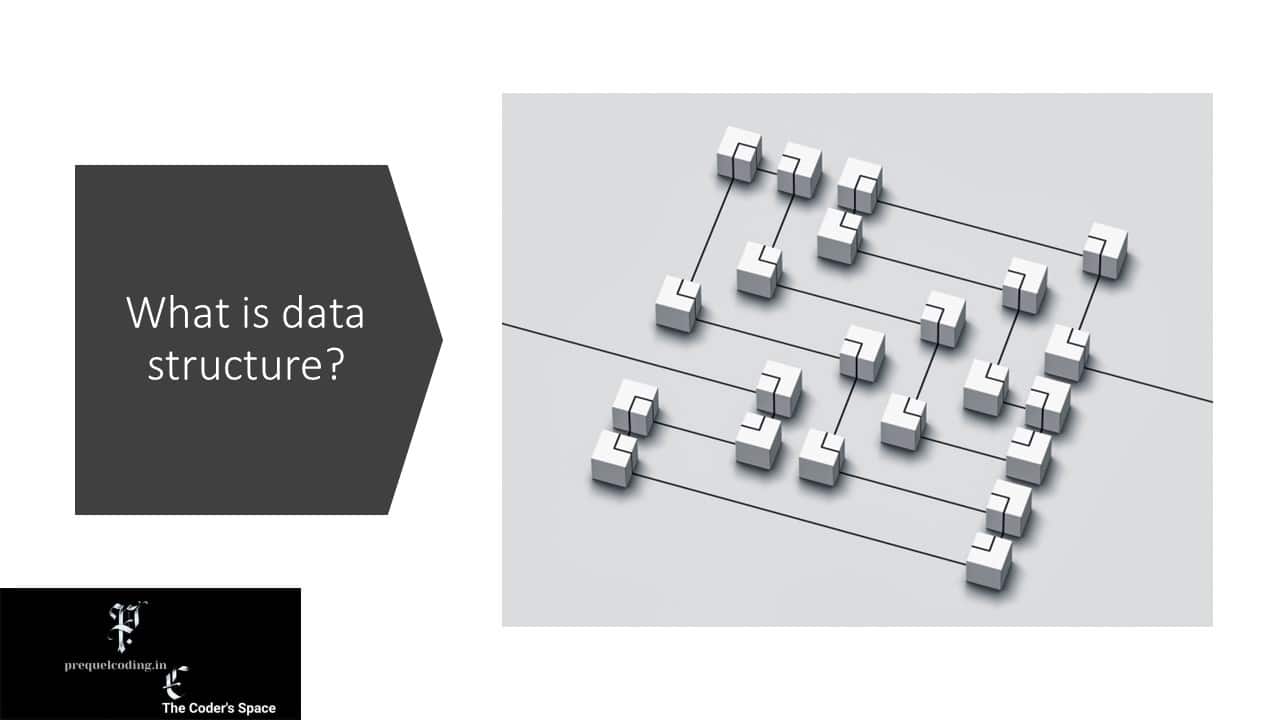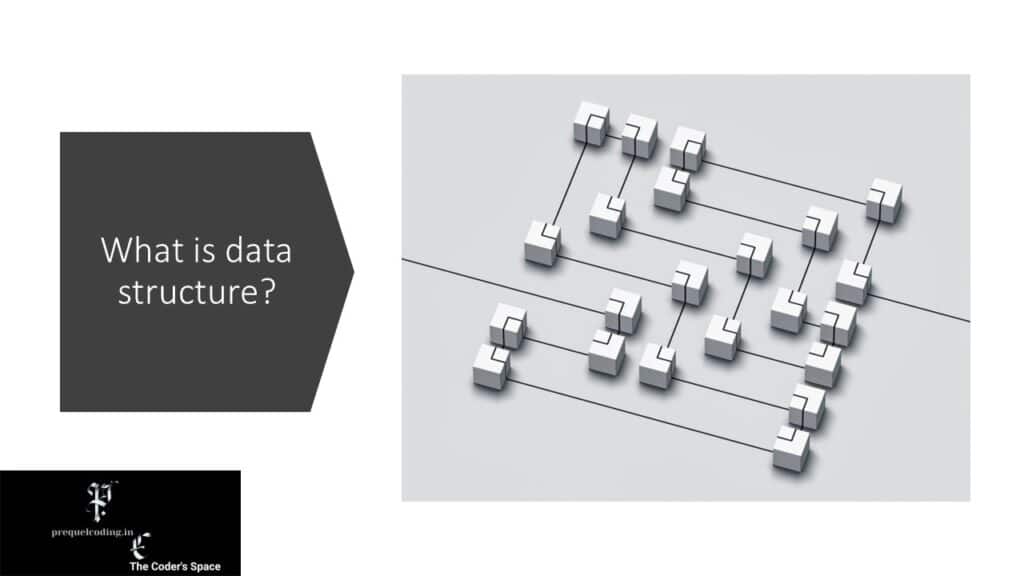
In this blog let us see what are data structures in C programming and understand what are it’s types and also look at it’s applications.
Now let us try to understand a real-time example which will give us a good understanding on the topic data structures.

Agenda:
Learn what is a data structure?
Different Types of data structures
Say we have a company where many people work and you are an HR who needs to manage the data of the employees and store them into a data base in a proper organized manner how do you do that?
You tend to look at some constraints of your employee say it may be the name, id number, phone number and date of birth and put it into tables so that segregation will become easy.
In the same way we do it in the computers also whatever data we are going to give to the computer can be arranged properly so that accessing will become easy.
Now let us look at the formal definition of data structures and look at it’s types.
What is a Data Structure?
Data Structure is a way of organizing and storing data in the internal or external storage of the computer.
How many types of data structures are there?
There are two types of data structures:
- Linear Data Structure.
- Non-linear Data Structure.

What is a linear data structure?
A linear data structure is defined as arrangement of elements in a sequential order, that is they are ordered in a single linear path. They are connected in such a way that they can be accessed in a linear trend.
Under linear data structures we have 4 types namely:

What is Non-linear Data Structure?
A non-linear data structure is defined as arrangement of data elements not in a sequential order, which allows us to arrange complex data patterns and arrange the data.
Under Non-linear data structures we have 4 types:
- Trees
- Graphs
- Tries
- Skip Lists
- Heaps

Applications of Data Structures:
- Arrangement of data will become easy.
- Data structures play a vital role in autonomous vehicles, where real-time sensor data are processed to make instantaneous driving decisions.